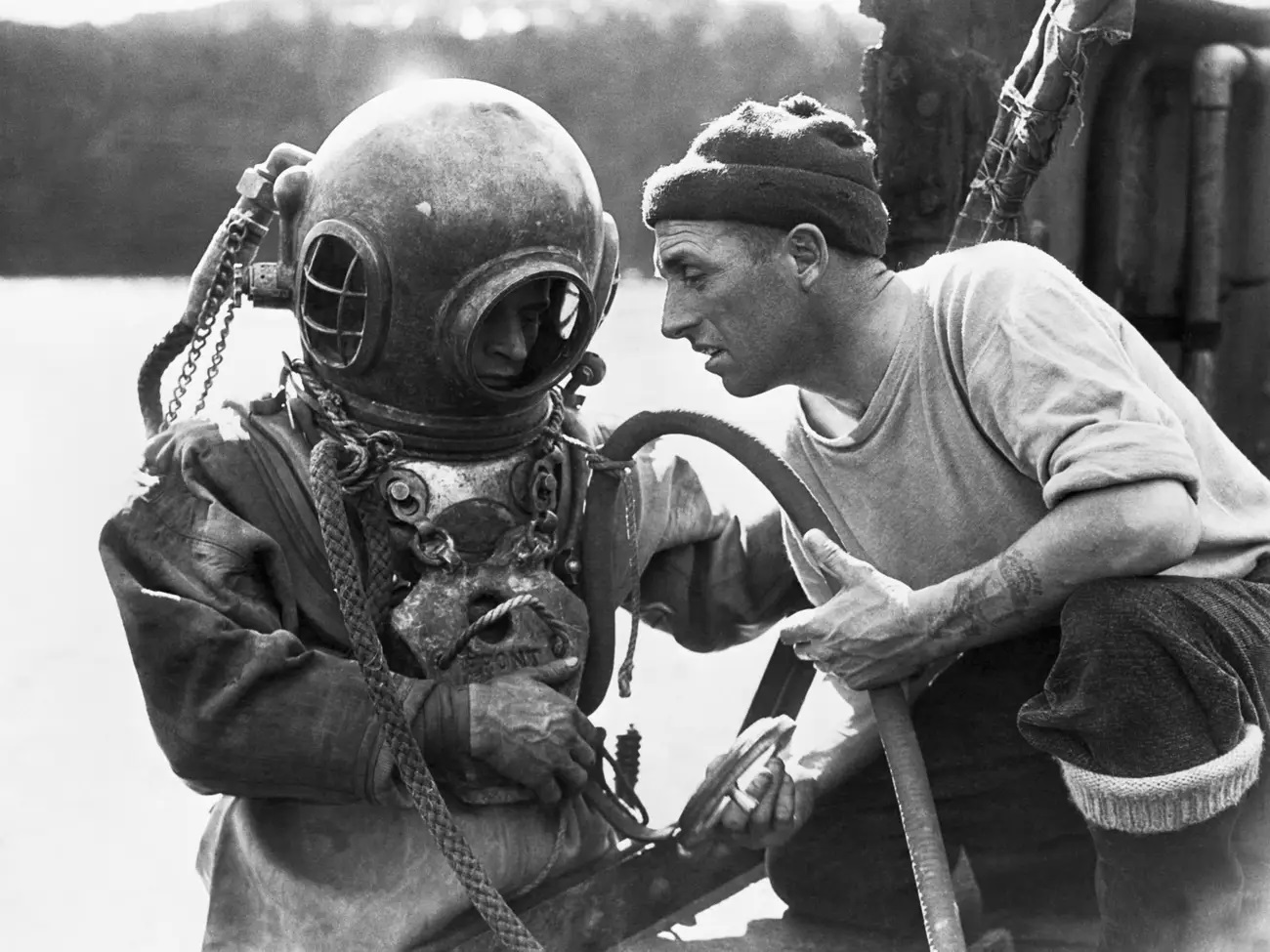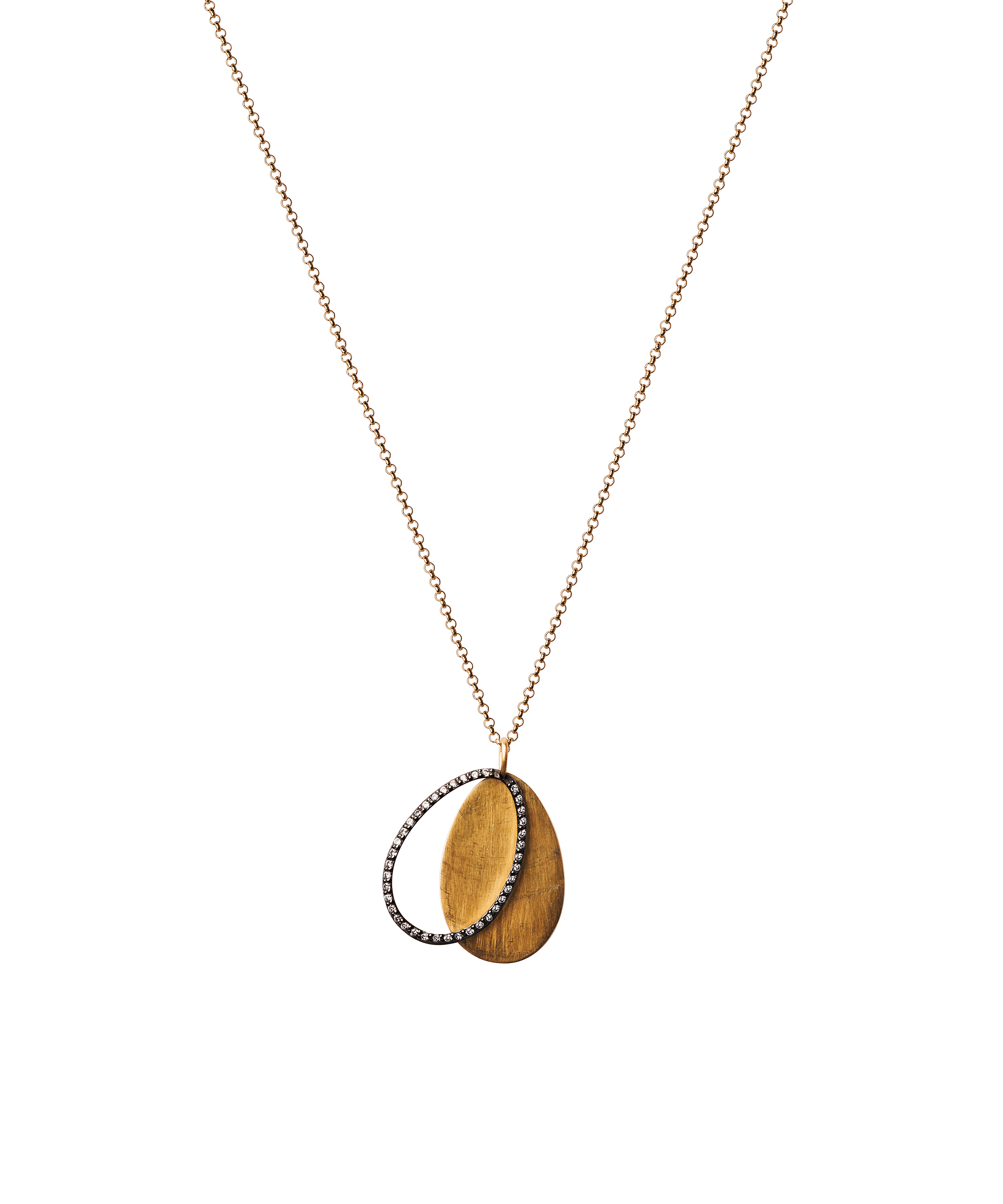Submerged in History: The Sponge Diver's Suit
The transformation of the sponge diver's suit, from the basic gear of the 1800s to today's advanced equipment, is not just a tale of technical progress. It's a compelling story of human resilience, innovation, and the relentless pursuit of a valuable natural resource. This journey, starting with the brave, bare-skinned divers of the past and leading up to highly equipped modern professionals, showcases a dynamic blend of necessity, courage, and ingenuity.

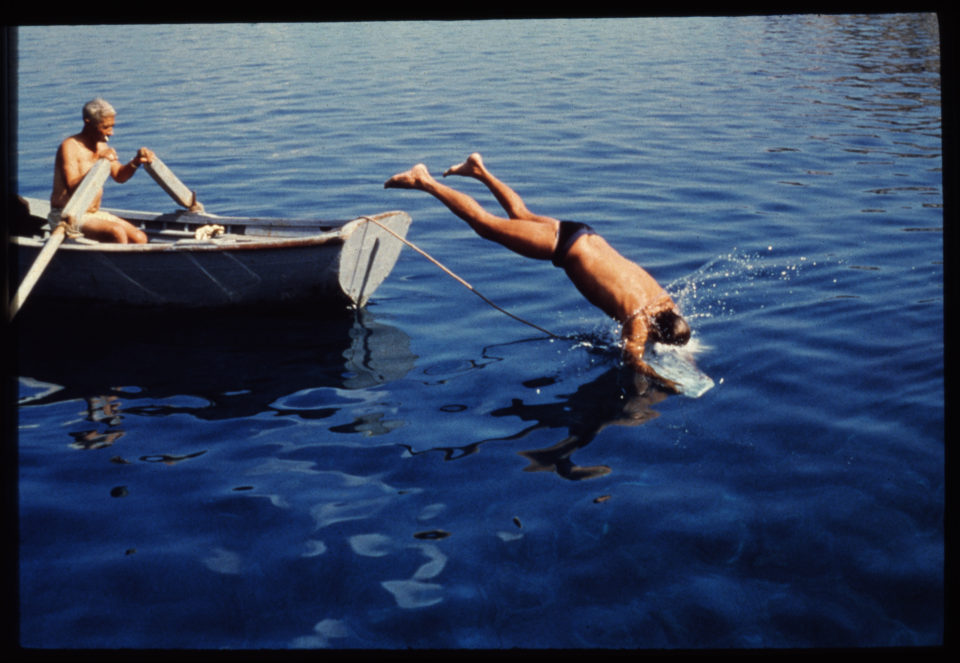
In the 1800s, the waters around Kalymnos were a realm of mystery and danger. The island's divers, known for their bravery, ventured into these depths with nothing but their lungpower and sheer will. Clad only in their skin, they used heavy stones, known as "skandalopetra", to sink swiftly into the shadowy underwater world. Each dive was a Herculean task; their quest for coveted sponges was an act of both necessity and courage, with their return to the surface a triumph over the odds.
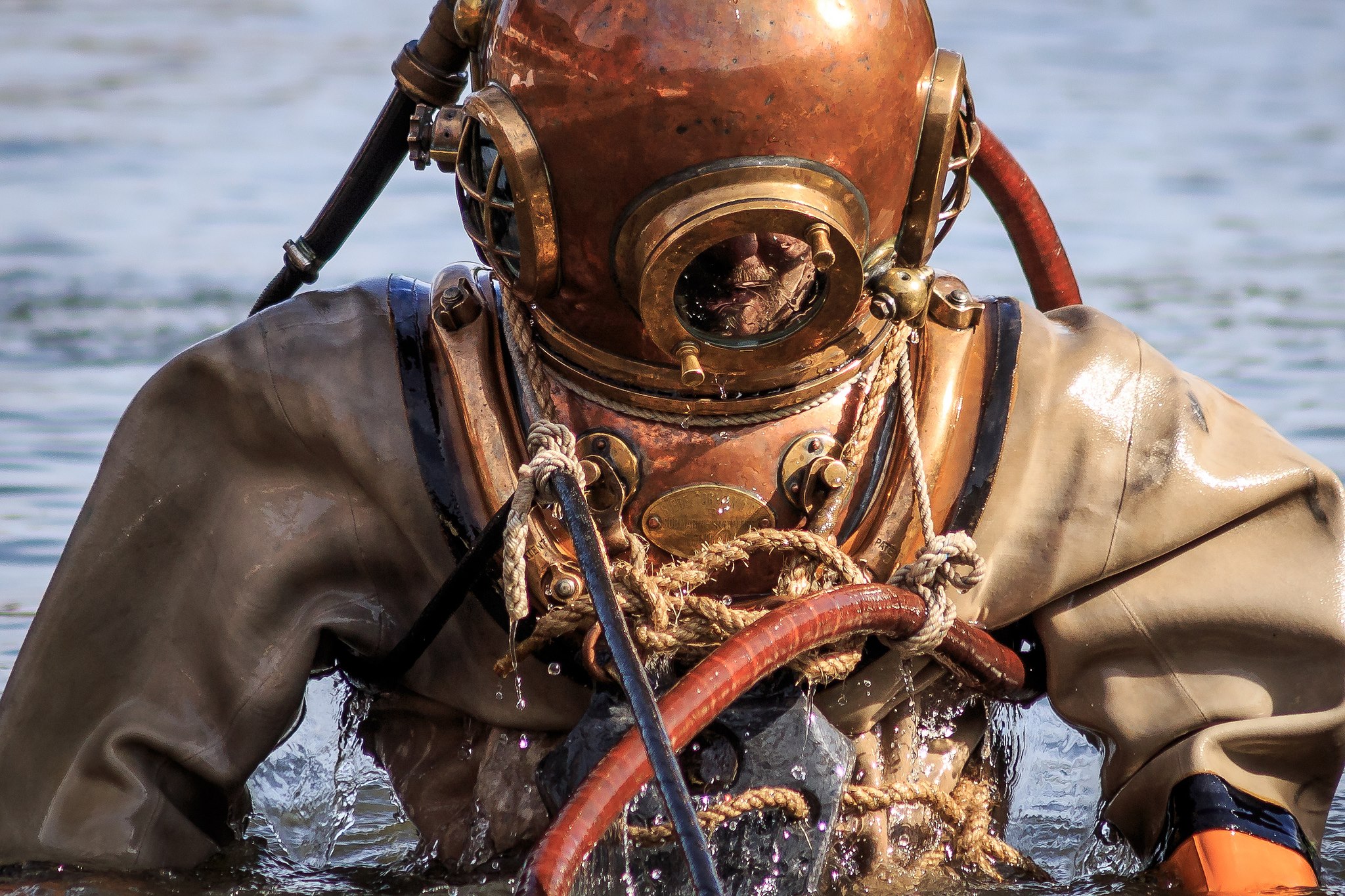
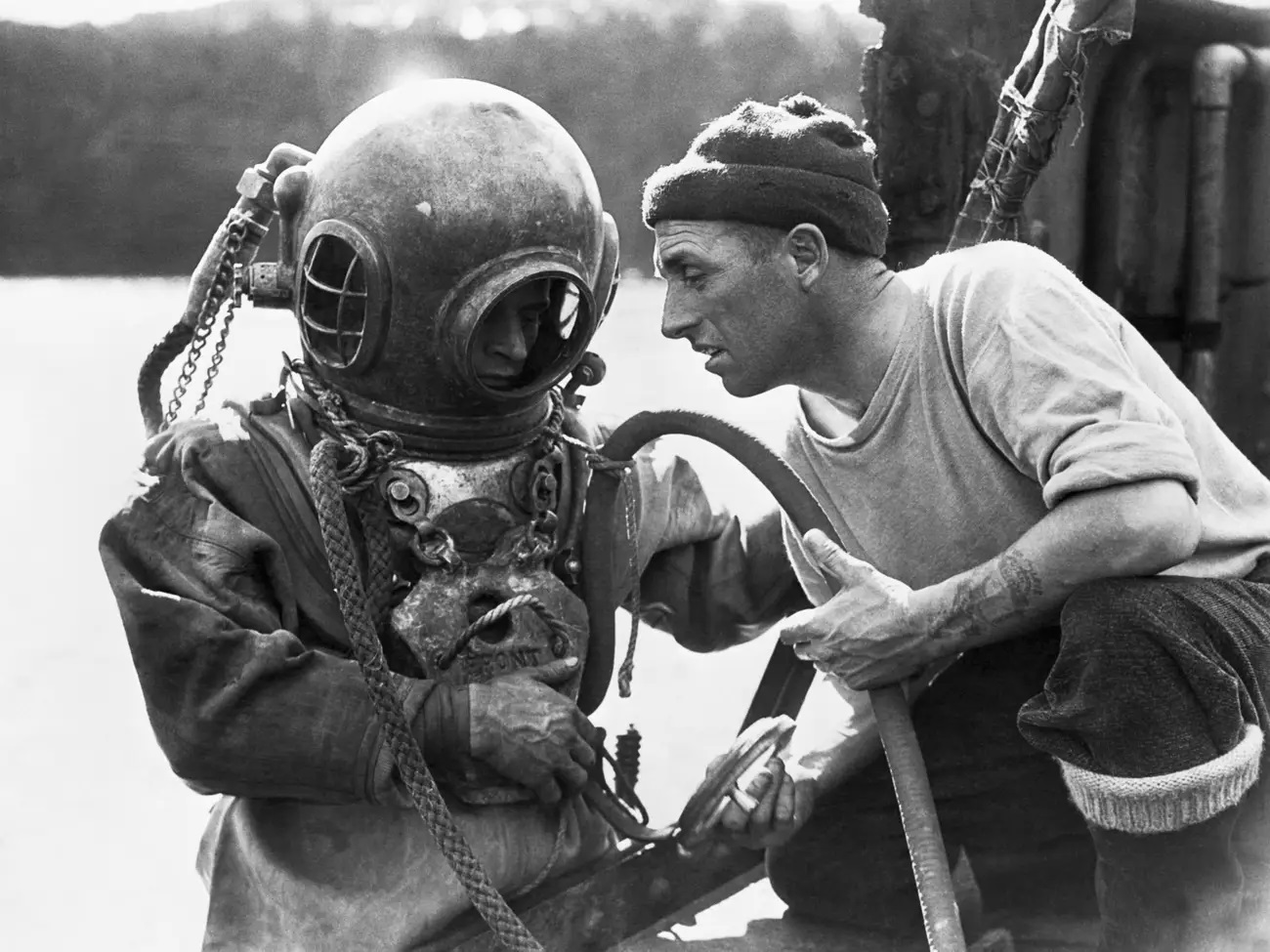
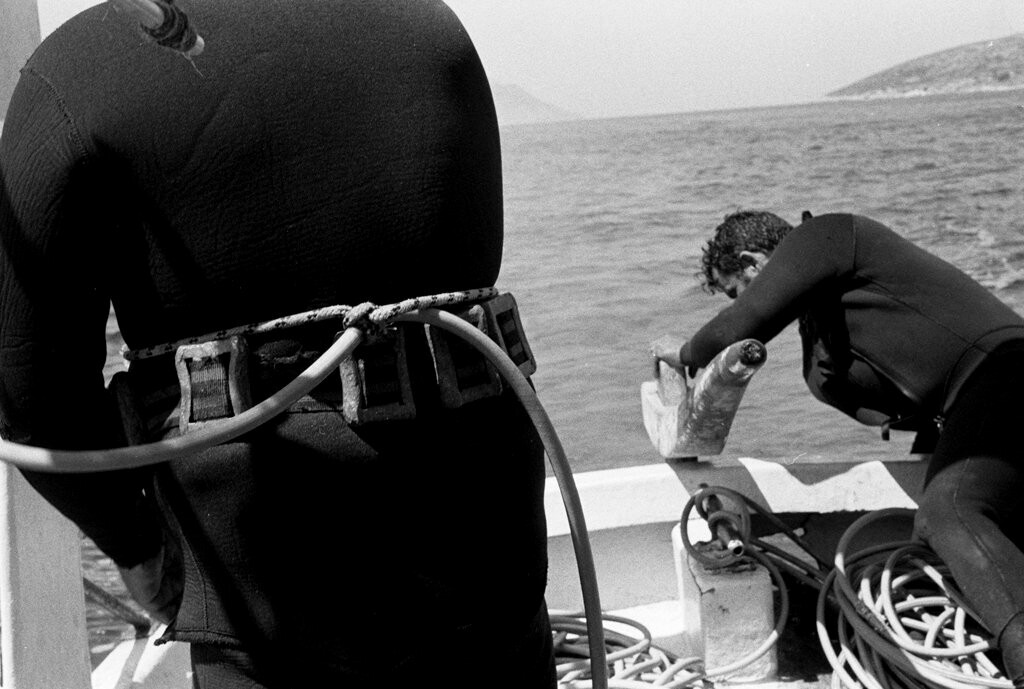
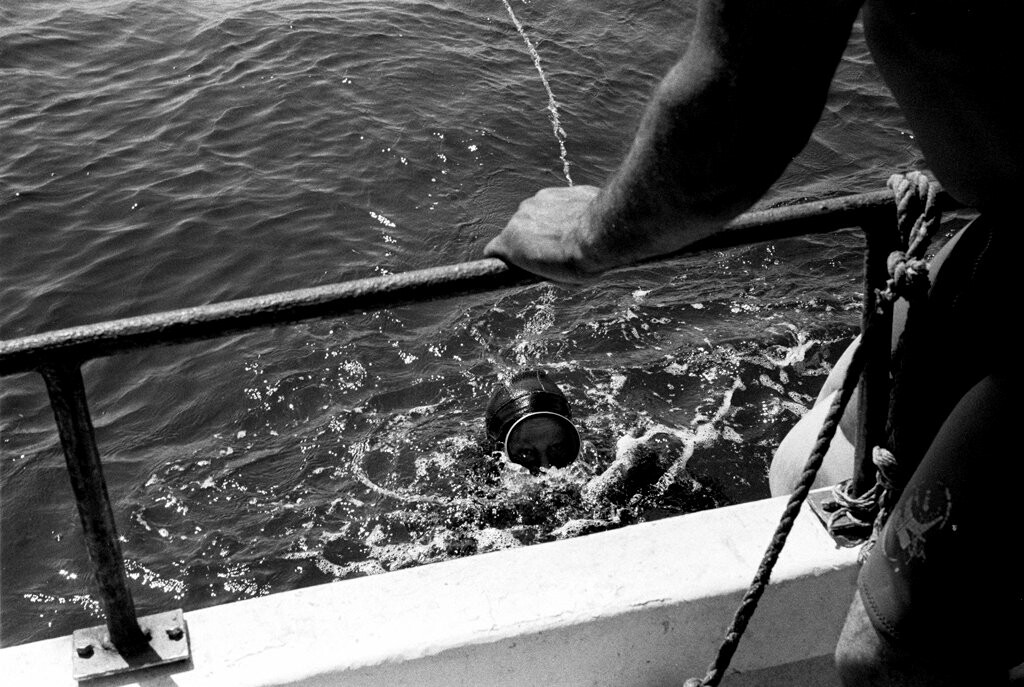
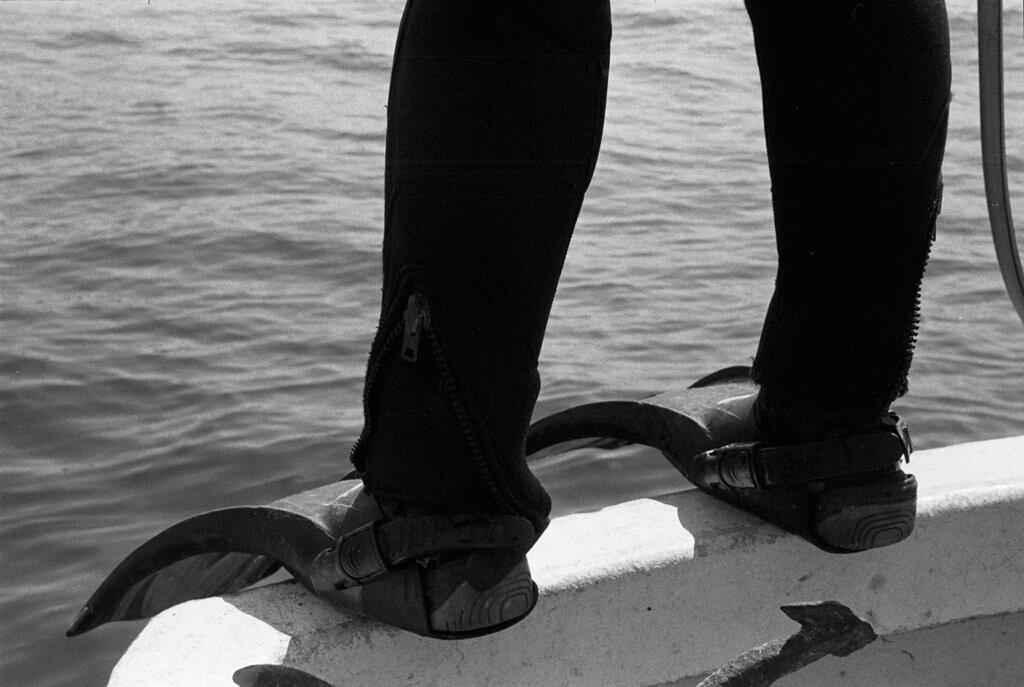
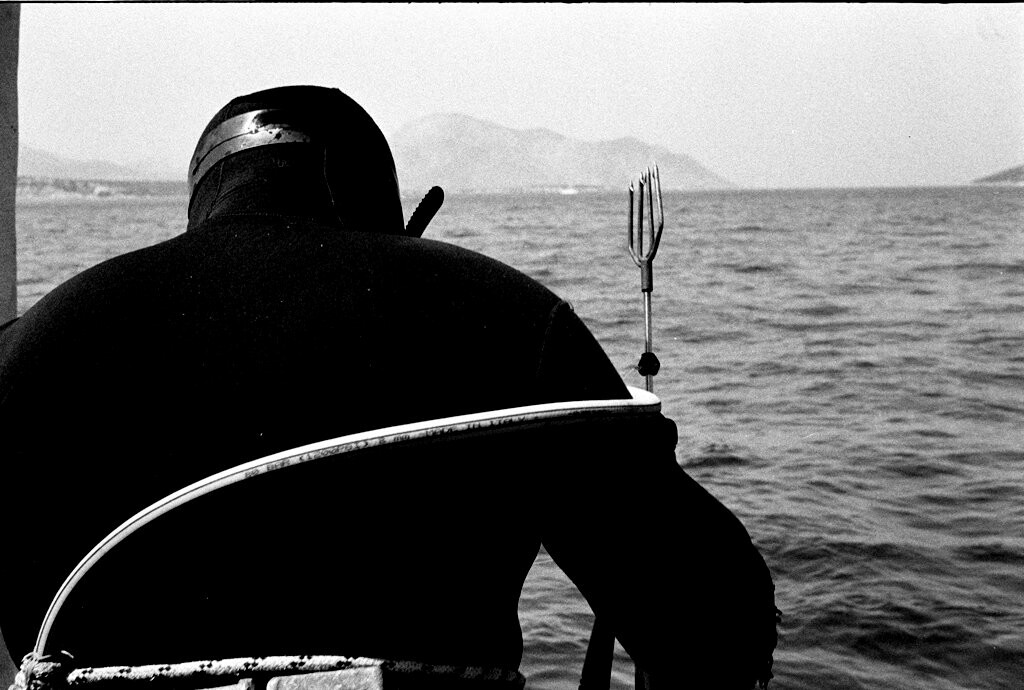
But the tides of change were stirring. As the world's demand for sponges grew, so did the determination of those who sought them. The 1860s marked a significant leap in diving technology, spurred by the introduction of the "English helmet" or “skafandro” in Greek, a key development in the evolution of the sponge diver's suit pioneered by Augustus Siebe. Metallic helmets were paired with full-body suits, copper chest-plates and boots, whilst weights were secured to the chest and waist of the divers with ropes. Breathing was made possible through a hose connected to an air pump aboard the boat. Although this apparatus was bulky and heavy, it represented a beacon of hope, enabling divers to remain underwater longer and reach previously unthinkable depths and harvests. Yet, it was a mere steppingstone to what was to come.
Then, in the roaring 1920s, another revolution: the "Fernez method." This breakthrough saw the old cumbersome suits give way to efficient breathing apparatuses; a leap akin to shedding chains. Divers could now move with greater ease, dance with the currents, and stay underwater for longer, their harvests richer than ever before.
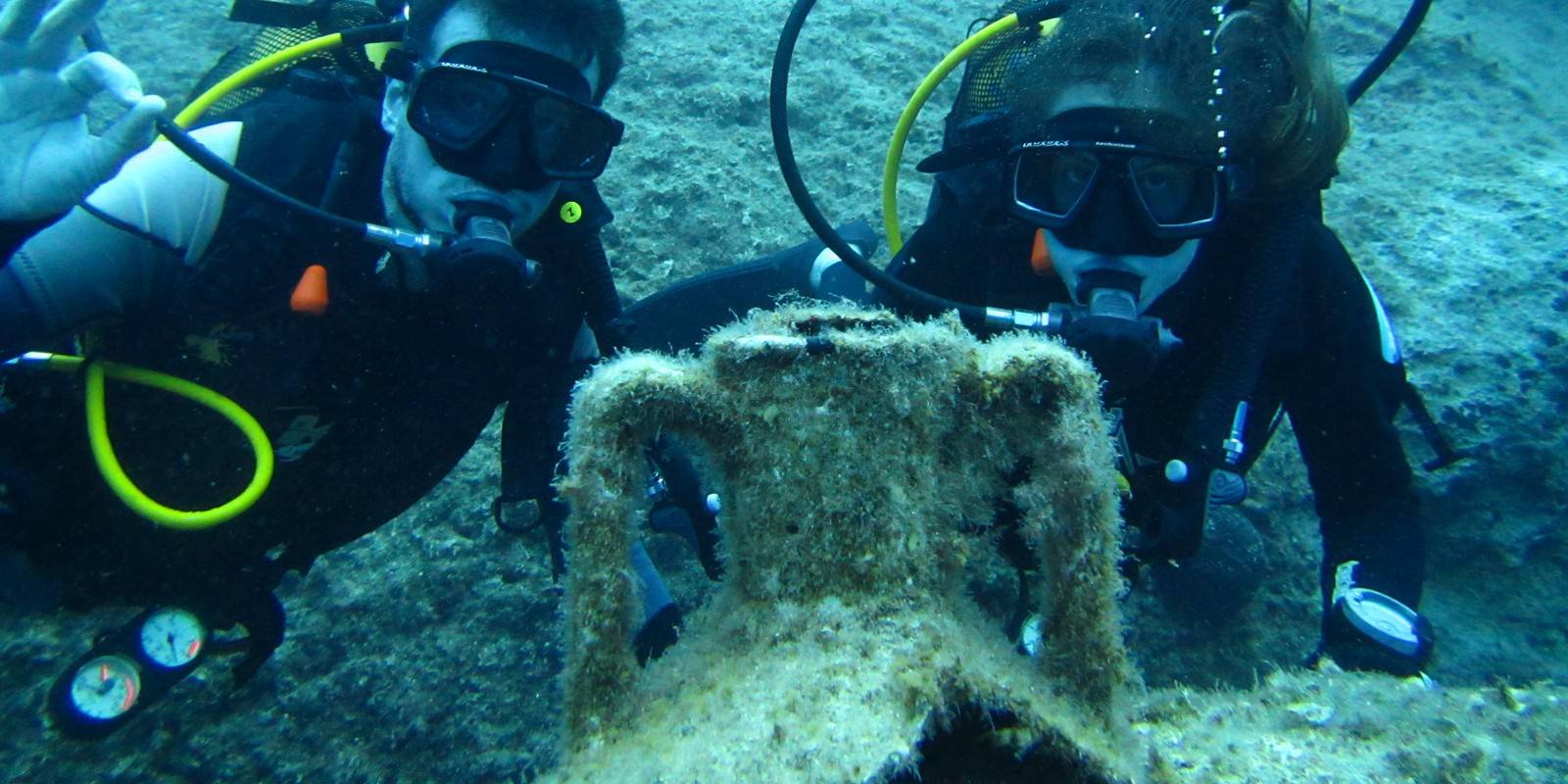
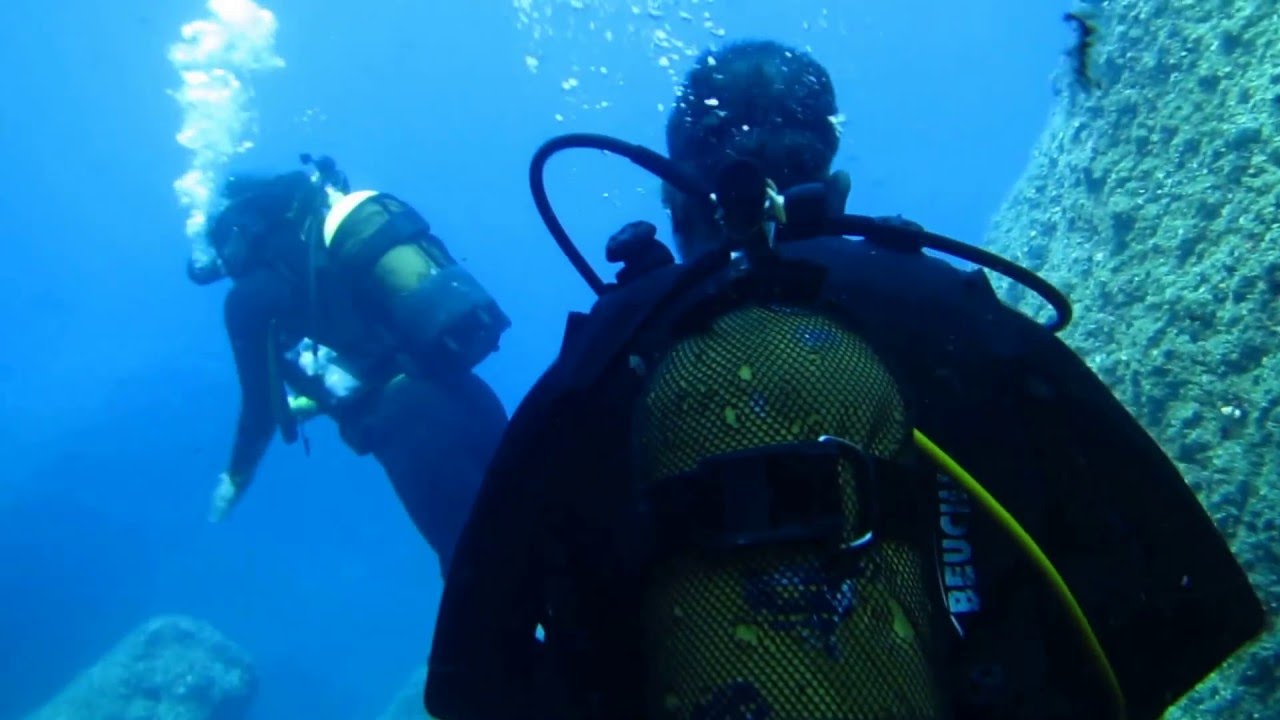
The zenith of this evolutionary journey was reached in the 1970s with the advent of the modern hookah system. This innovation provided divers with a continuous supply of air from the surface, allowing them to dive deeper and work more efficiently. This marked the culmination of a century-long journey from perilous naked dives to the highly sophisticated neoprene diving suits used today.
Today, the sponge divers of Kalymnos are trained in specialized institutions such as the State Diving School of Kalymnos. Equipped with state-of-the-art diving suits, oxygen tanks, and the latest technology, they are the modern custodians of an old tradition. This is the legacy of the sponge diver's suit –a story ever-evolving, just like the sea itself.

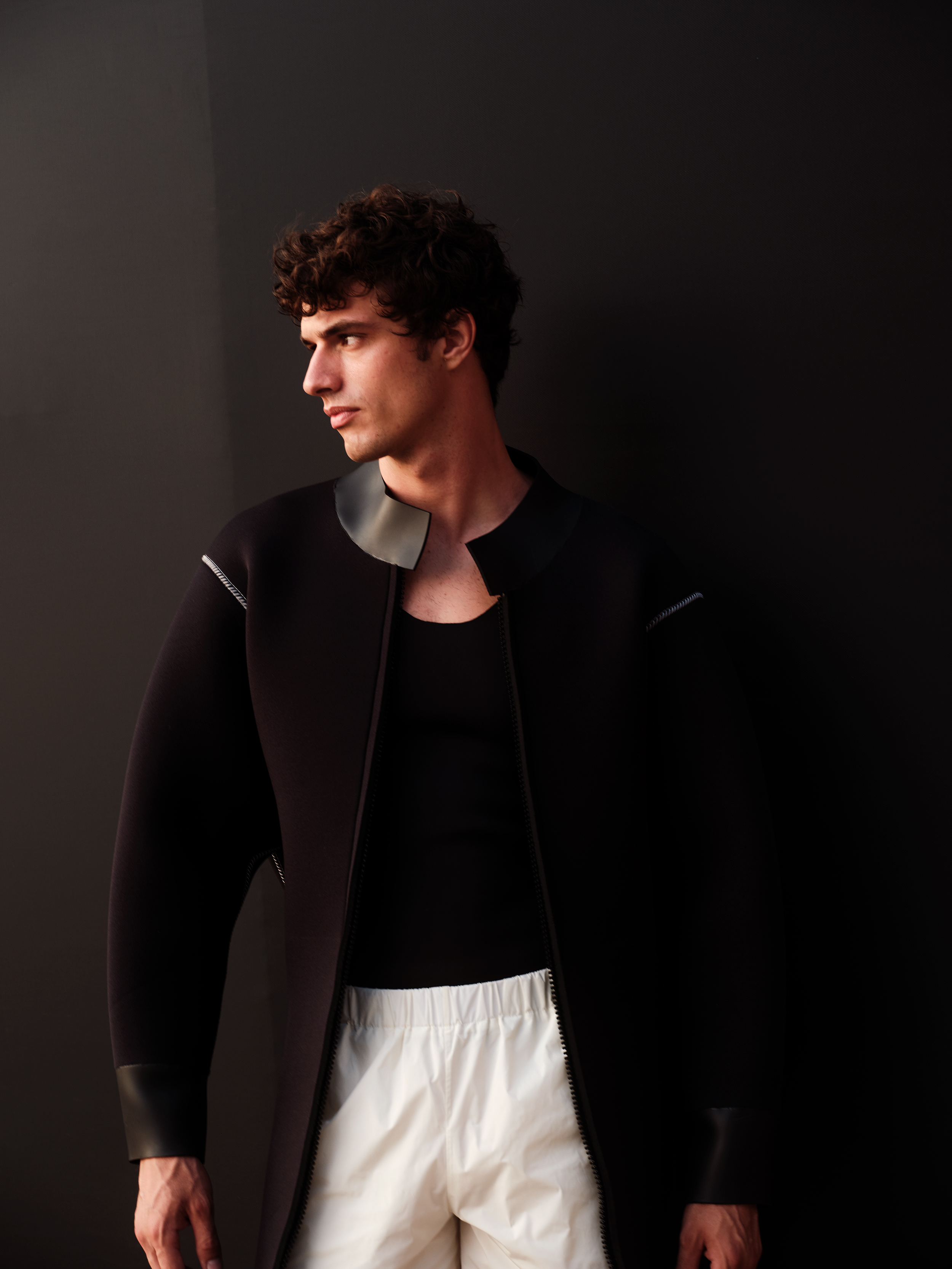
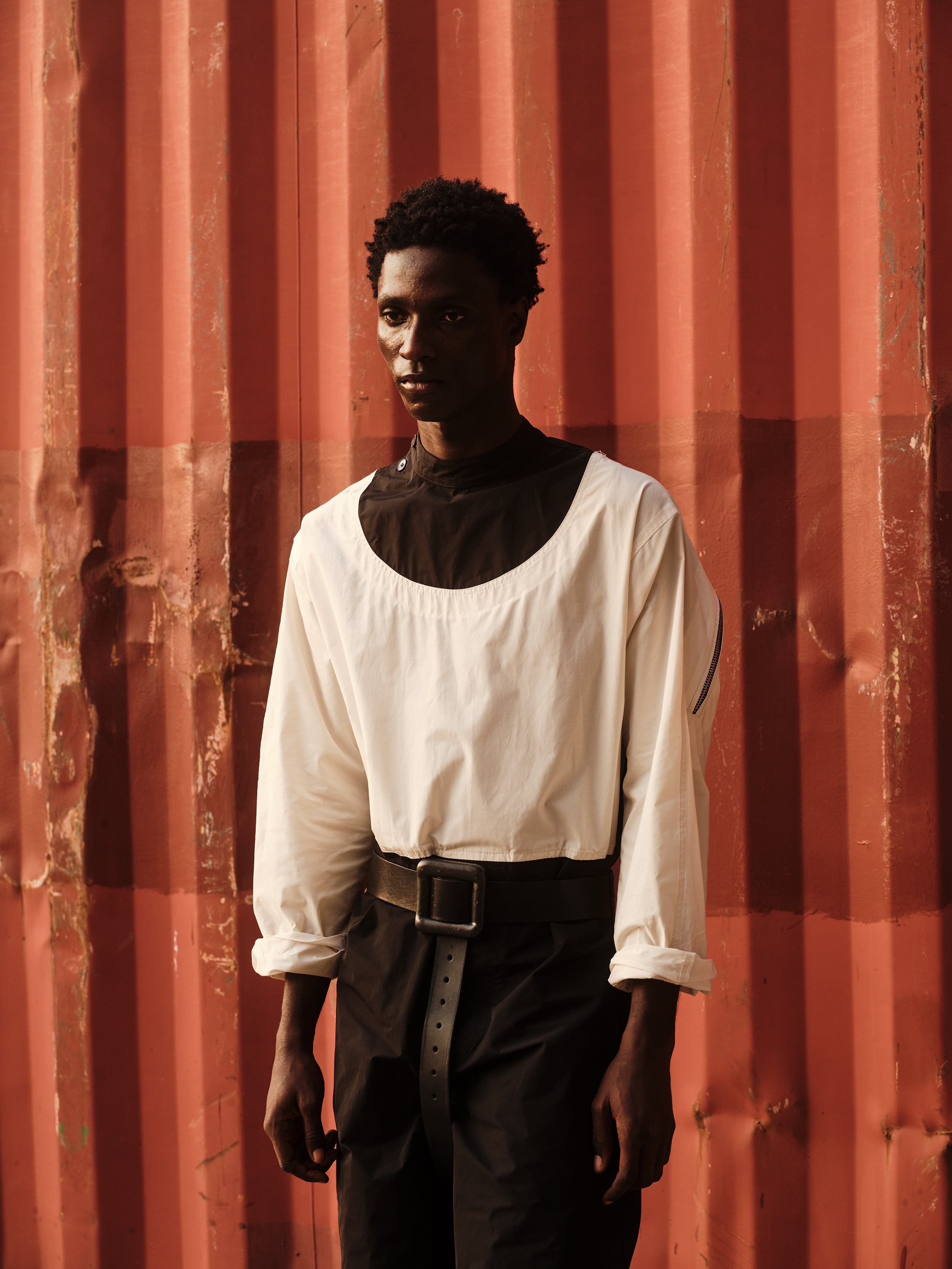
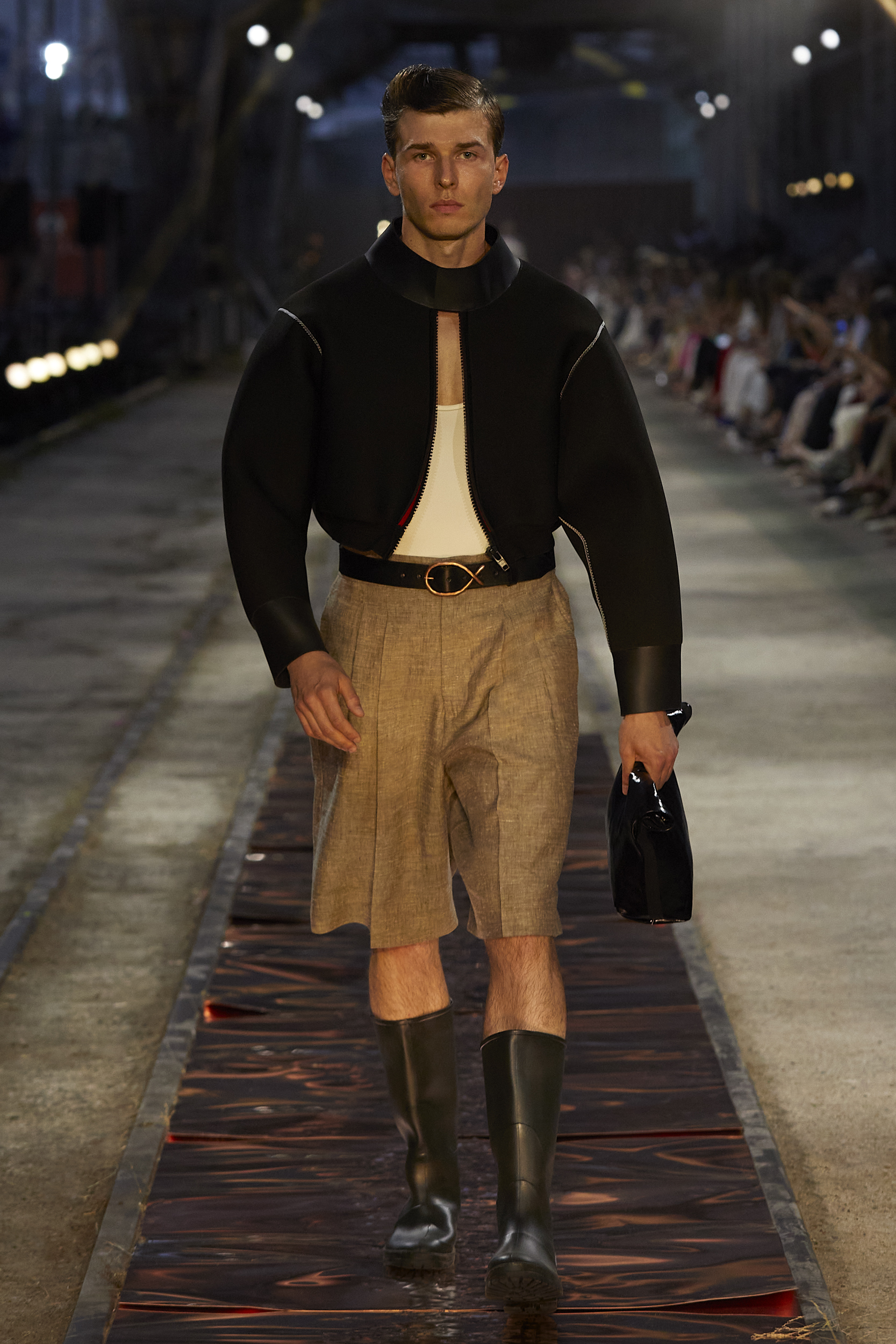

Today, the sponge divers of Kalymnos are trained in specialized institutions such as the State Diving School of Kalymnos. Equipped with state-of-the-art diving suits, oxygen tanks, and the latest technology, they are the modern custodians of an old tradition. This is the legacy of the sponge diver's suit –a story ever-evolving, just like the sea itself.
